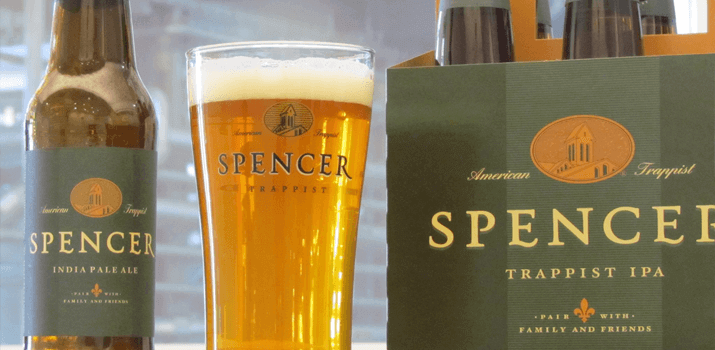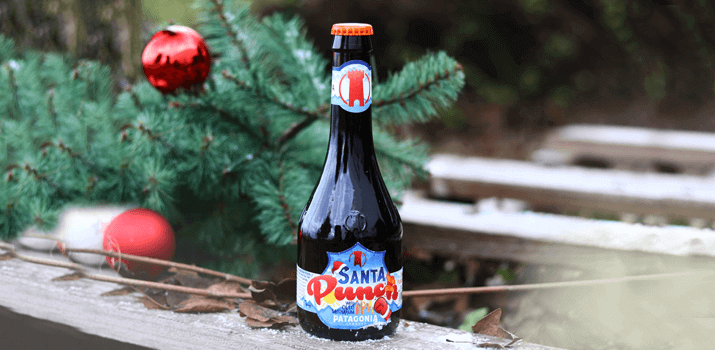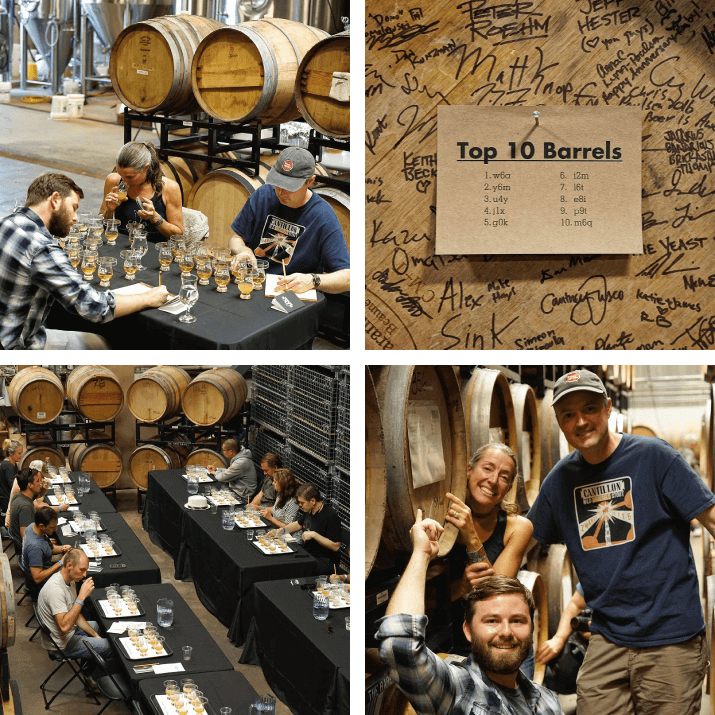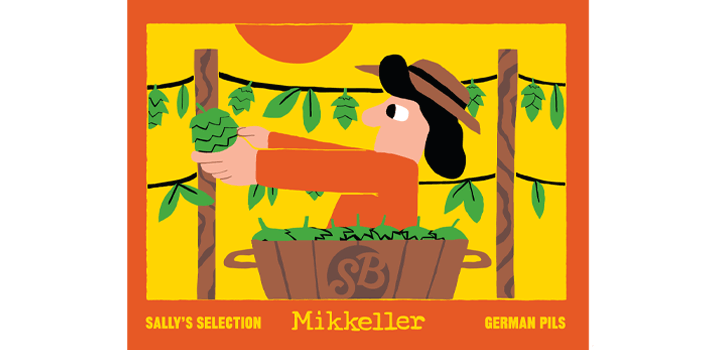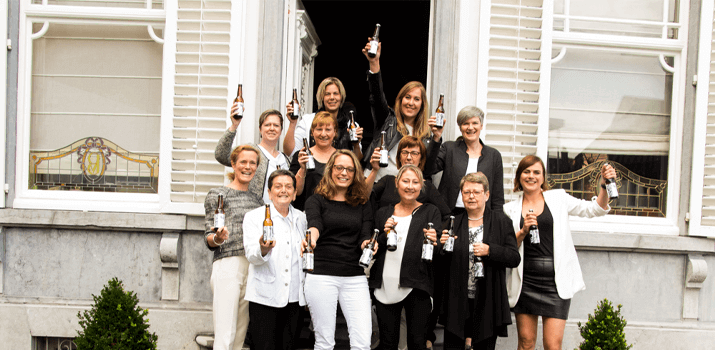We should thank the Campaign for Real Ale for sounding the alarm in the early 1970s, for lighting a beacon for the beauty of cask-conditioned beer and helping to maintain its survival.
Forty-five years on, the Campaign has decided to revitalise itself, to look at itself and find out where it needs to go in an era where keg beer is no longer the monster of homogeneity that inspired its members throughout the 1970s and the decades after. Some might mock this self-introspection, but in reality it’s a sign that the Campaign recognises that the world of British brewing has changed since the 1970s and this is a good thing.
So thank you CAMRA and what else should we thank you for? Well how about a bottle of beer?
Then expect to be enveloped in a sensual ceremony: the gentle hiss of carbonation; the rattle of the bottle-top on the table; the whoosh of beer being poured into a glass. All this helps to create the onset of anticipation about what we will smell and taste; the satisfaction when it finally touches our lips; the inclination to do it again with another sip. This is a bottle-conditioned beer, where yeast continues to work within the vessel, producing a secondary fermentation that adds lustre and a sense of love to the beer in the glass. It wasn’t always like this.
Let’s take a time machine back to the early 1970s once more. There were plenty of bottled beers around then of course, but many of them, according to accounts of those who drank them then, contained thin, insipid and over- carbonated liquids. Very few knew of what would become called bottle-conditioned beers (this was a category known as naturally conditioned in the early 20th century) and why should they have? Apparently at the start of the 1970s, there were only five breweries producing beers that conditioned in the bottle: Courage Imperial Russian Stout; Worthington’s White Shield; Gale’s Prize Old Ale; Guinness Extra Stout; Eldridge Pope Thomas Hardy Ale.
Let’s return to now. There are hundreds of bottle-conditioned beers available, from all manner of breweries, offering the drinker a beer experience that can be rich and rewarding. Thanks to campaigning by CAMRA (and its flagship Good Bottled Beer Guide edited by long-time bottle-conditioned Czar Jeff Evans), we can have beer with plenty of flavour and a beer that doesn’t smell of cooked corn or demonstrate the kind of thinness that used to be popular with supermodels. Now, as you stroll through the avenues of British beer on this website, you are brought face-to- face with full-flavoured, bottle-conditioned beer — and for that let us give thanks to CAMRA.

